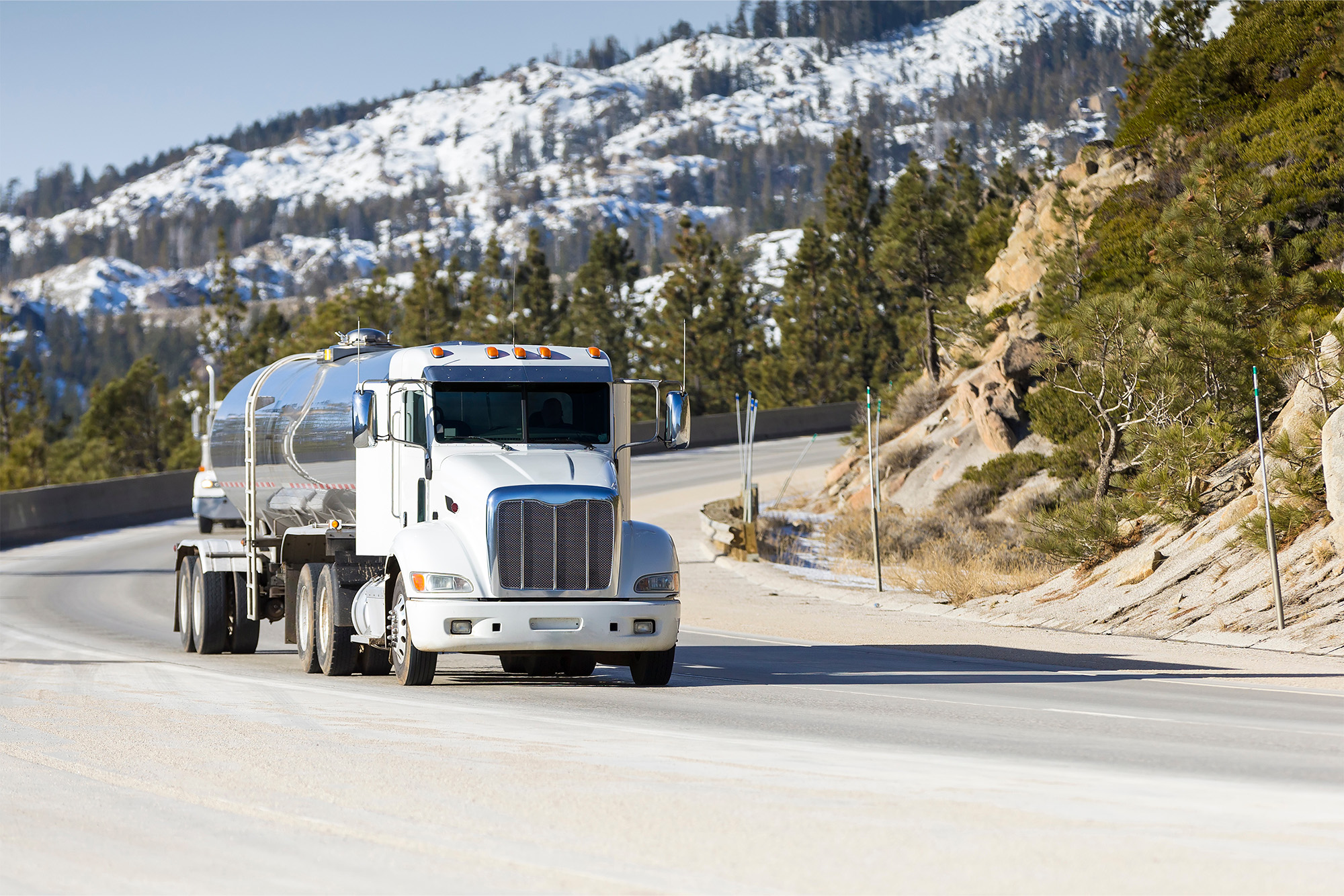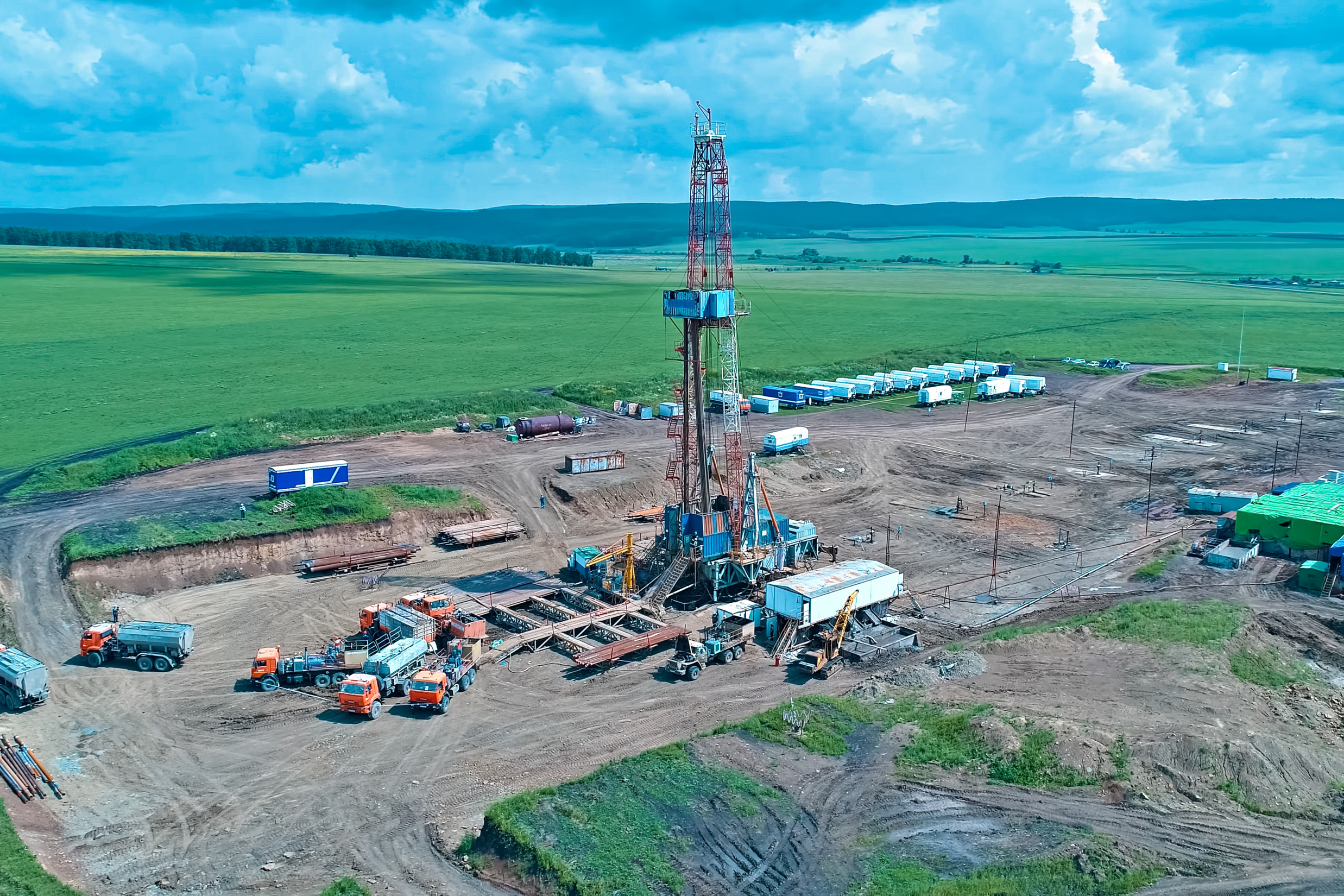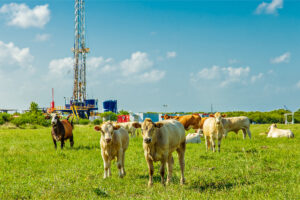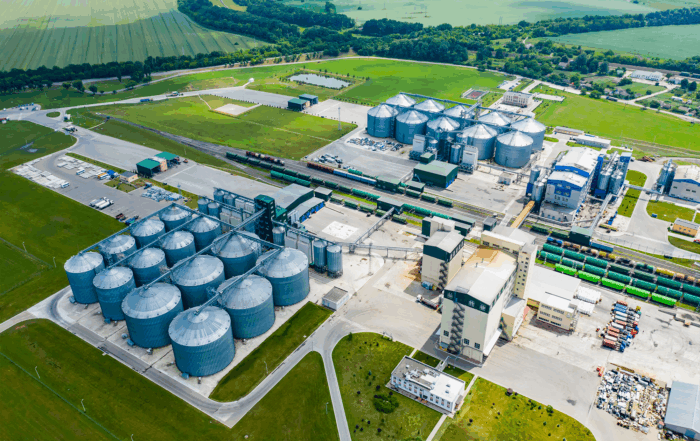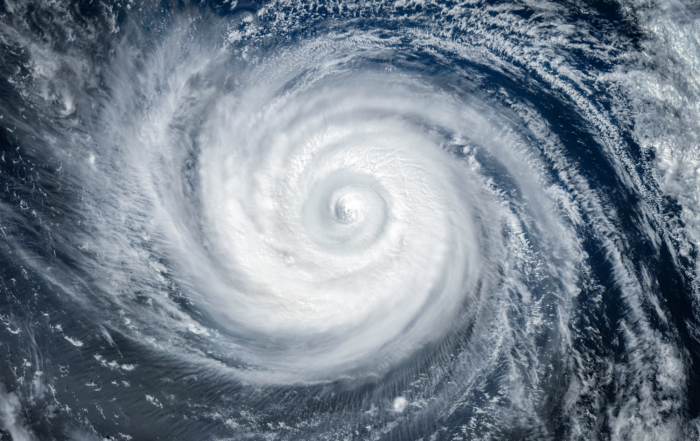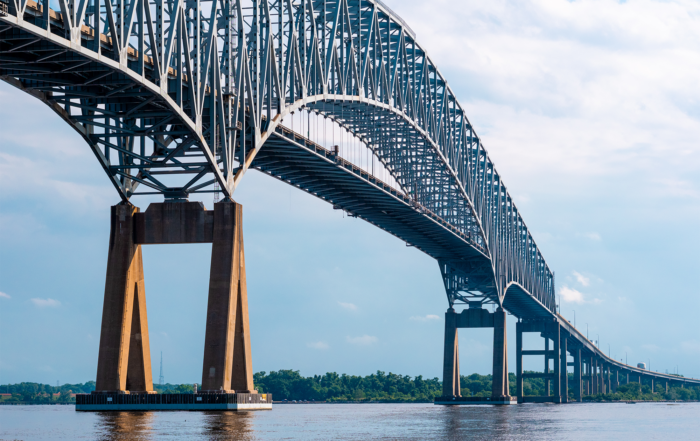INSURICA Energy Times
Keeping you ahead of the risks and challenges unique to your industry.
December 2022
“The U.S. Department of Transportation National Highway Traffic Safety Administration (NHTSA) 2020 annual traffic crash data reported over 38,000 fatalities related to U.S. traffic crashes, and this creates a serious conundrum for insured and insurers alike.
FEATURED ARTICLE
Keeping U in Mind: Managing Your Fleet Risk in 2023
With rising insurance premiums, successfully managing fleet risk should be a top priority as we enter a new year. The Occupational Safety and Health Administration (OSHA) stated that most road related fatalities occur on highways where there are seat belt requirements and traffic laws, between the hours of 7 a.m. and 4 p.m. Additionally, the U.S. Department of Transportation National Highway Traffic Safety Administration (NHTSA) 2020 annual traffic crash data reported over 38,000 fatalities related to U.S. traffic crashes, and this creates a serious conundrum for insured and insurers alike.
FEATURED ARTICLE
Oil and Gas Industry Coverage Options
According to the Bureau of Labor Statistics nearly 500,000 workers are currently employed in the oil and gas extraction industry in the United States, and that number is on the rise as the world’s demand for energy continues to grow. This increase means more risks for well operators as they struggle to keep up with demand. Fortunately, there are many types of coverages available to those in the oil and gas industry to help mitigate these risks.
FEATURED ARTICLE
Site Preparations – Well Control Activities
Properly trained personnel are essential for well control activities. Well control consists of two basic components: an active component of monitoring the pressure of the drilling fluid, and blowout preventers as a passive component. The first line of defense in well control is to have sufficient drilling-fluid pressure in the well hole. During drilling, underground fluids such as gas, water or oil under pressure (the formation pressure) oppose the drilling-fluid pressure (mud pressure). If the formation pressure is greater than the mud pressure, there is possibility of a blowout.
Related Articles
The Hazards of Biofuels
As a fast-growing part of the energy sector, the biofuel industry has become an attractive place to work and invest. To protect your company in the biofuel industry, it is essential to recognize potential workplace hazards of biofuels and their production processes, and take steps to protect workers from harm. In addition to common workplace hazards such as walking and working surface hazards and electrical hazards, biofuels present three major types of hazards:
Forecasters Up Their Hurricane Outlook After Hyperactive Beryl
Researchers at Colorado State University have upped their forecast for this year’s Atlantic hurricane season, now projecting at least 25 named storms, with 12 of them expected to reach hurricane status.
Baltimore Bridge Collapse Could Lead to Historic Marine Losses
On Tuesday, March 26, 2024, a large container ship traveling through the Port of Baltimore in Maryland collided with a concrete column supporting the Francis Scott Key Bridge, ultimately causing the nearly 50-year-old structure to completely collapse and shutting down one of the largest and busiest harbors in the United States.

